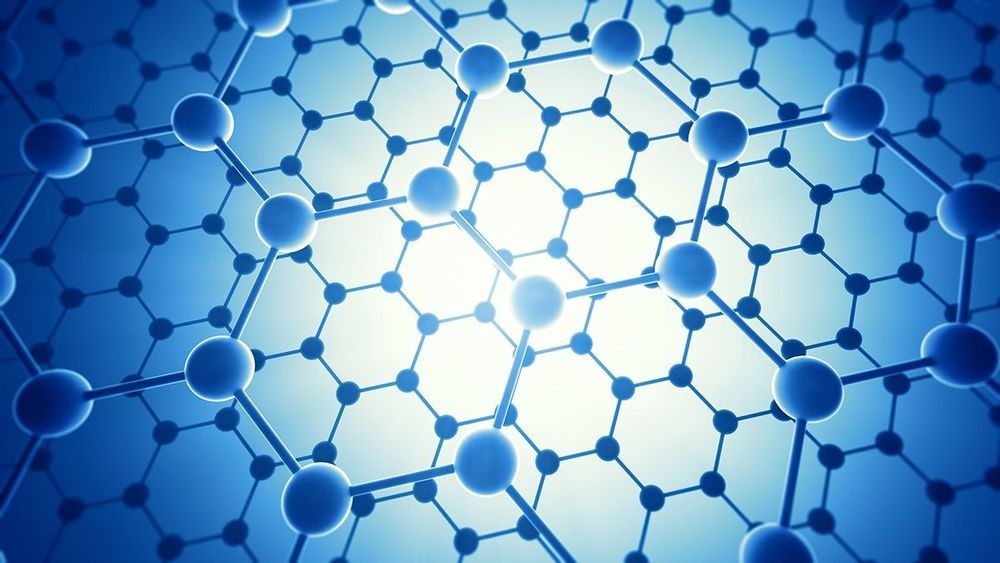Jun 1, 2020
Evolution of coronavirus outlines path from animals to humans
Posted by Genevieve Klien in categories: biotech/medical, evolution, genetics
Summary: Study reports SARS-CoV-2, the virus that causes COVID-19, was well suited to making the jump from animals to humans by shapeshifting as it gained the ability to infect human cells. The virus’s ability to infect humans occurred via exchanging gene fragments from a coronavirus that infected pangolins. The species-to-species transmission was a result of the ability of SARS-CoV-2 to bind to host cells through alterations to its genetic material.
Source: Duke University
A team of scientists studying the origin of SARS-CoV-2, the virus that has caused the COVID-19 pandemic, found that it was especially well-suited to jump from animals to humans by shapeshifting as it gained the ability to infect human cells.


















